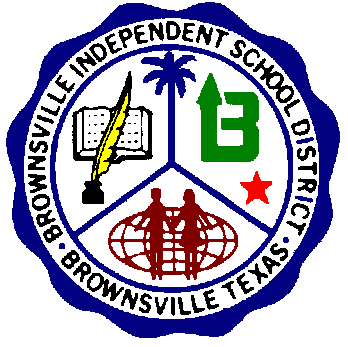Students would attend in-person classes at Brownsville Independent School District schools two days a week, study from home two additional days, with Fridays devoted to helping students catch up and for teacher planning, under proposed schedules discussed Wednesday for the upcoming 2020-2021 school year.
At a Curriculum and Instruction workshop, BISD administrators discussed plans for the coming year based on the most recent guidance from the Texas Education Agency on how public education will take place in the coming school year.
“Whatever (TEA) allows us to do, we have a model out there” to be able to it, Superintendent Rene Gutierrez said of planning that has taken place so far.
In coming weeks teachers will be voting on three proposed calendars for 2020-2021, one a traditional calendar approved by the Board of Trustees in January, and two variations that include additional instructional days to compensate for learning losses that have taken place because of the coronavirus pandemic.
Schools have been operating through distance learning since the pandemic arrived in March. Classes next year will be a hybrid of in-person and distance learning, with the result that schools host half their student population on any given day.
Students will attend on an A-B schedule, with A students attending Monday and Tuesday and B students on Wednesday and Thursday, according to presentations given at the meeting. Friday mornings would be for helping students catch up with their lessons, with the afternoon for teacher planning.
BISD has the space to accommodate all or most of the students in Brownsville, while charter schools, which operate at a higher student-to-teacher ratio, will be hard pressed to have enough space, discussion during the meeting indicated.
Anysia R. Trevi ñ o, deputy superintendent for Curriculum and Instruction, said responses to parental surveys on the BISD website indicated that about 25% of parents favor at-home learning, with the remainder favoring in-person learning at school or a combination of the two.
Trevi ñ o also said studies indicate that students have lost about a year and a half of learning in math and three to four months in reading.
“What we need is for students to be closing those gaps,” Gutierrez said during the meeting.




